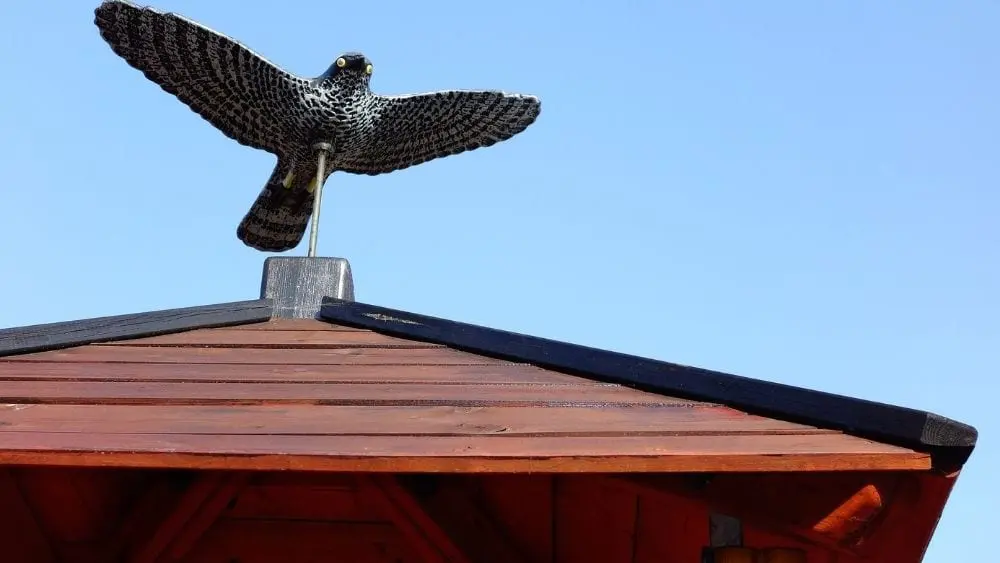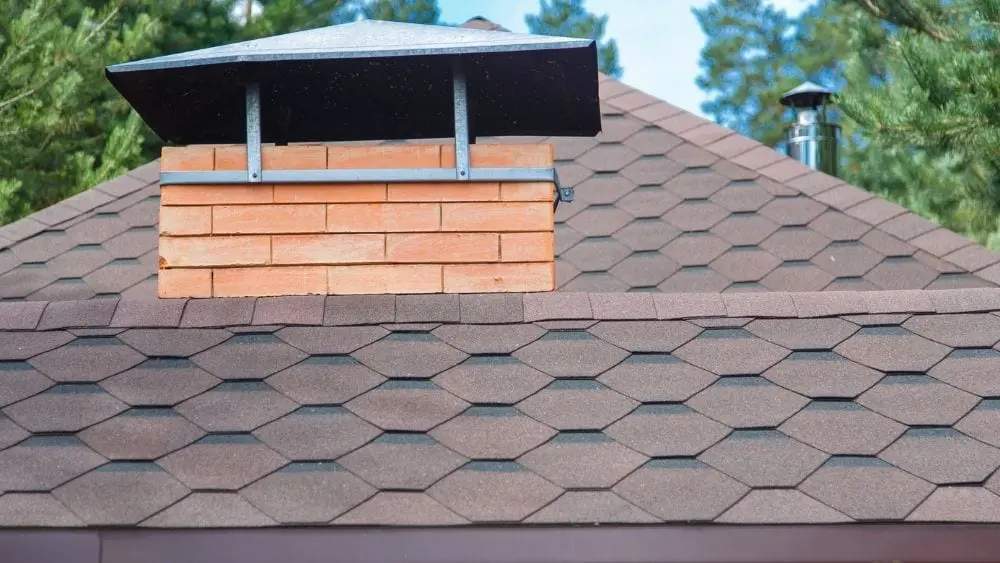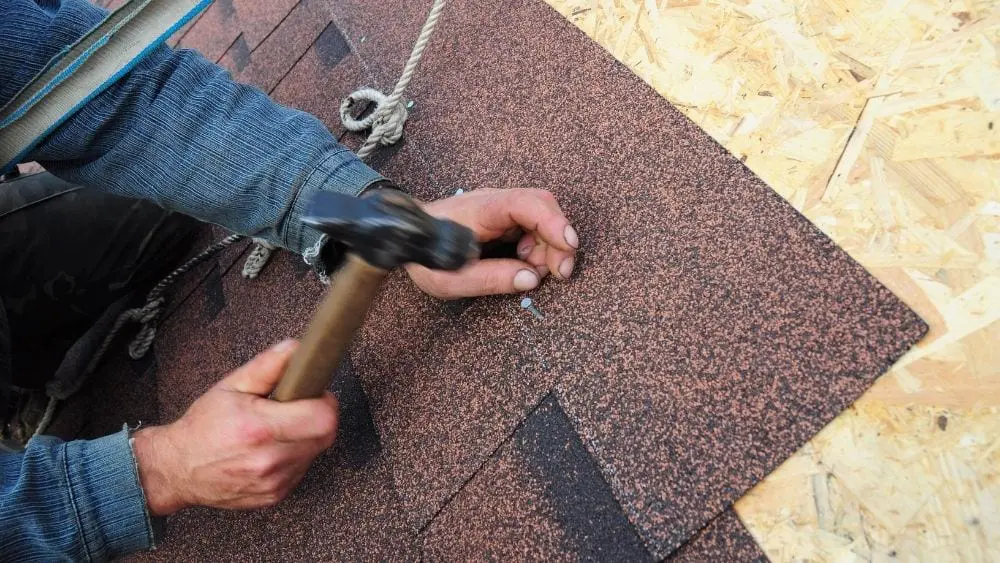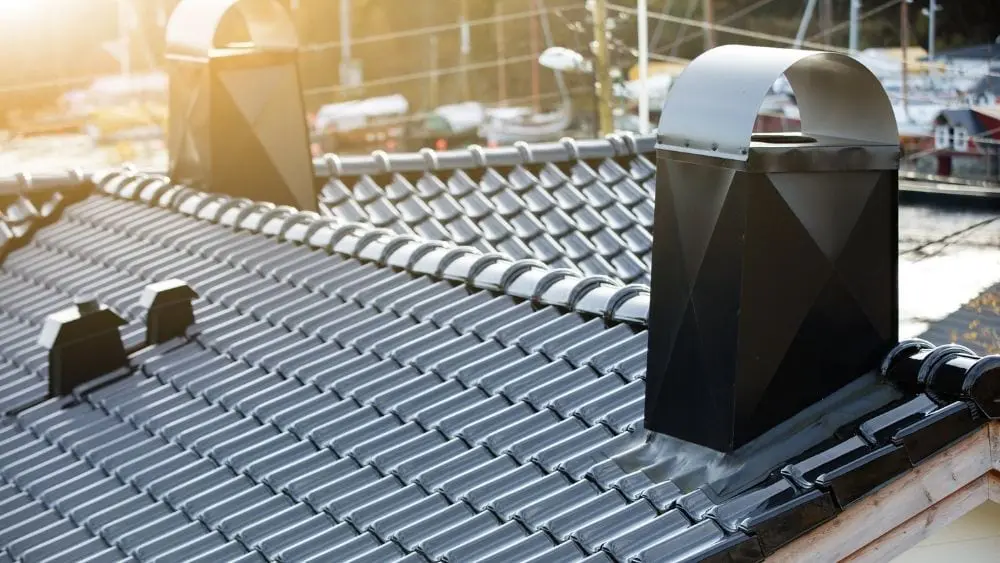
Whether you’re installing a roof on a new home — or repairing an old roof, it’s helpful to familiarize yourself with commonly used roofing terms. Partnering with a reliable builder or contractor is an important first step as they will walk you through the building process, but it’s good practice to come to the conversation with some background knowledge on the anatomy of your roof.
Doing your own research can help you get a leg up in the process of constructing your roof and might save you money as well. Each part of your roof is a critical component that serves a purpose in your roof system. They all must work together to safeguard your home from harsh elements such as wind, heavy rain, snow and ice. By being prepared for the roofing process, you can ensure that your greatest investment is sheltered and protected for years to come.
You can begin by learning the basic components and then work your way to understanding the intricacies of your own roof. Depending on your home’s size, location and type, your roof may have a unique design with specialized layouts and protective layers. To start you off, here is a list of common roofing terms to help break down the layers of a typical shingle roof, from the framing to the roof covering.
Framing
First and foremost, your roof’s frame is the skeleton of your structure. It provides a robust shape with its strong, sturdy beams and creates the pathway for runoff water to glide away from your home.
Attic
The attic is the space created between the rafters and the insulation above your ceiling. Many homeowners utilize their attic for storage, or they might design a neat living space that is above the main house. This area must be properly insulated and ventilated to avoid damage from moisture and to release trapped heat.
Collar Beam (Collar Tie)
A conventional roof forms a triangle, with the mirrored rafters forming the sides and the ceiling joists closing the triangle at the base. A collar beam runs horizontally through the structure to connect and support the rafters, existing parallel to the ceiling joists. Collar beams usually connect a pair of rafters midway up the height of the apex. These cross beams carefully and intentionally strengthen the overall structure by applying lateral support.
Eave
The eaves are the underside of the roof’s external overhang adjacent to a wall. They allow any elements to run off the roof beyond the side of the building, so as to dispel water clear of the walls and protect the home’s siding.
Eave Membrane
For homeowners residing in cold climates, eave protection is a must. An eave membrane acts like a gutter to help any water trapped by ice dams to escape. Placed under the shingles, this airtight membrane routes any water trapped under the shingles and behind the ice dam into the normal gutter rather than collecting under the shingles and eventually infiltrating downward into the roof.
Fascia
When looking for a nice design appeal, the fascia is an important exterior selection. It is the attractive addition to the side of the roof overhang and gives your roof a finished appearance. This board runs along the edge, protects your shingles and helps repel moisture. It also supports your gutter and, along with the soffit, protects your roof by aiding with ventilation. This may also be referred to as the roof edge or eaves edge.
Gable
Some roofs include a gable, which refers to the typically triangular portion of a wall that is located between the edges of two angled roof sides. The top of the gable resides at the intersection of the two panels, just beneath the ridge. Gables are delicately structured and detailed according to material availability, climate and desired aesthetics.
Lookout
The lookout refers to the horizontal joist projecting in cantilever from the wall. This supports an external structural addition to your roof that extends outward.
Rafter
Rafters make up the basic frame to support the incline and siding of your roof. These angled timbers hold up your roof deck and provide your roof cover’s main support. They are often connected by crosswise beams.
Rake
The rake of a roof refers to the sloped side at the end of a gable. It may overhang or lie flat, and extends from the eaves to the ridge. Rakes protect your home from running water getting behind the siding of the house.
Ridge
The ridge occurs at the meeting point between two sloped sections of the roof. This peak is heavily protected from moisture and carefully ventilated, and typically runs horizontally across the top of your structure.
Ridge Board
A ridge board may be seen as the spine of a conventional roof. It is located between the ends of the roof rafters. This horizontal plank is positioned at the ridge of the sloped roof.
Soffit
When a person uses the term “soffit,” they are typically referring to the horizontal underside of an overhang, such as found on an archway, staircase or roof. On modern-day homes, soffits usually include the flat area underneath the eaves. Vents in these areas may provide attic ventilation.
Truss
A truss refers to the structural framework of timbers that are carefully designed to surround your attic space above the home and support the roof. A roof truss is cross-braced to provide a stable and sound structure that protects your home.
Valley
A valley refers to the place where two sloping roof pitches intersect. It must be protected by metal valley flashing as this area collects twice the water runoff since the water comes from two planes.

Deck
The layer directly above the framework is the roof deck, also known as the roof sheathing. This layer of half-inch-thick plywood or other sheet material connects the truss and the structural joints all together to secure it in place. It also provides a stable, flat surface to lay the roofing materials on.
Water Shield
The water shield, or water barrier, is an adhesive layer applied to the deck to protect it from the elements, particularly melting ice and heavy rainstorms. This layer is extremely important for protecting the vulnerable wooden frame and deck.
Underlayment
The underlayment layer offers additional protection from water and moisture damage. It lies between the shingles and the roof deck to create a flatter surface for shingles to securely adhere to.
Underlay Membrane
The underlay membrane, residing between the shingles and roof sheathing, is installed directly on the deck. It may be made of felt or potentially of an adhesive material that strengthens over time to reduce the risk of shingles blowing off in high winds. However, it is often made of synthetic materials such as an asphalt-saturated base mat that is fortified with a mix of fiberglass to make it strong and resistant to tears.
Valley Underlay
To ensure your valleys are watertight, you’ll want to install an additional valley underlay. A synthetic material can aid in waterproofing and sealing the area to protect it from leaks.

Roof Coverings
Roof coverings often vary widely based on home style, climate and chosen aesthetic. They are the final layers added to the roof and may create a unique style or appearance. Asphalt shingles are considered the usual standard but may be substituted for synthetic materials, tiles, stone, shakes, clay tiles, or metal.
Fastener Attachments
When attaching your roof coverings to the underlayment and deck, you’ll need fastener attachments to secure the connections. For asphalt shingles, this will likely be roofing nails. For tile, you might be better off with metal fasteners. Bonding, glue, tar or adhesive-type paper may also be sufficient for your needs.
Ridge Cap
The ridge cap is a special type of shingle that is fitted to the slope of your ridge line. It runs horizontally along the ridge of your house at the joining of two edges to protect the interior from rain and snow while also allowing moisture and heat to escape through the ridge vents.
Starter Strip
The first layer of shingles that simply lines the edge of a house’s roof is known as the starter strip. It is situated beneath the underlayment to seal and waterproof the edges of the roof, as well as to protect the roof from hazardous winds and potential break-offs.

Drainage and Ventilation
Every quality home needs protection from powerful elements such as wind, rain, and snow. Water and moisture collection pose a serious threat to any roof if it is not maintained.
Chimney
Chimneys are very common in brick houses. These vertical structures are implanted in the roof to ventilate smoke and exhaust gases as they exit the fireplace, boiler or stove. Chimneys require chimney flashing to waterproof the intersection of the roof and the chimney to prevent water penetration.
Downspout
The downspout helps ensure that water and other moisture drains off of your house and into the correct spot. The gutter is the water discharge system for your roof, but the downspout takes the water from the gutter to the ground.
Drip Edge
The drip edge refers to metal flashing installed on the edges of a roof to direct the flow of water away from the fascia. This protects the underlying roof components and deeper layers. The drip edge hangs over the side of the roof with a small metal flange that flexes away from the fascia.
Flashing (Joint Covers)
Flashing involves the placement and tucking of sheet metal or another sturdy material around joints and angles on a roof to direct water away from the interior of your home. This material is used to cover other protrusions of the roof, such as chimneys and vents, where leaks have a higher chance of occurring. Flashing helps to move the water toward the gutter and downspout while protecting areas that are considered a higher risk for water damage.
Plumbing Vent
A plumbing vent may also be referred to as a vent stack. This vent aids in regulation of the air pressure in your house by removing gas and odors, just like drain pipes remove water and waste. It allows fresh air into your plumbing system and creates a smoother water flow through the drain pipes.
Roof Vent
Roof vents come in a variety of shapes, styles and sizes. They are installed in your roof to create a place for warm, hot and humid air to escape from your attic. Vents may be electric, solar or wind-powered to push the hot air out, while still collecting cool air from the vents in the soffits.
Saddle
When constructing a chimney or other projection from your roof, you might install a saddle for protection from water collection after rainstorms. This structure is positioned behind the higher side of the chimney or projection to push water around it and divert the flow.
Skylight
You might be interested in bringing as much natural light as possible into your home. One way to do that is by installing a skylight. This large window is built into the roof to allow natural light into your home’s interior. It can make the room very warm, so be sure to consider additional ways to control the temperature inside.
Valley Flashing
Open valleys require metal flashing for protection from running water. The metal is usually left exposed, which may create a modern vibe to accentuate the roof’s shape.
Get to Know Your Roof
Now that you have gained a bit more insight into the construction of your roof, you can delve deeper into your research. By understanding these common roofing terms, you can be confident in conversations with your contractor that you know the basics. Before you know it, you’ll be a pro!

Melanie Theriault is a writer, counselor, and lifelong learner. She holds a B.A. in Sociology from Southwestern University, where she discovered her passion for fostering human connection through storytelling.
 Choosing the Best Closet Doors for Any Room
Choosing the Best Closet Doors for Any Room
Irene
Any idea what cap sheet means in roofing terms?
Jamie Garcia
Hi there,
Cap sheet roofs have layers of material glued together with hot asphalt, with a roll of mineral surface glued with asphalt to the top instead of gravel. Their use has decreased with the use of more modern, effective materials.